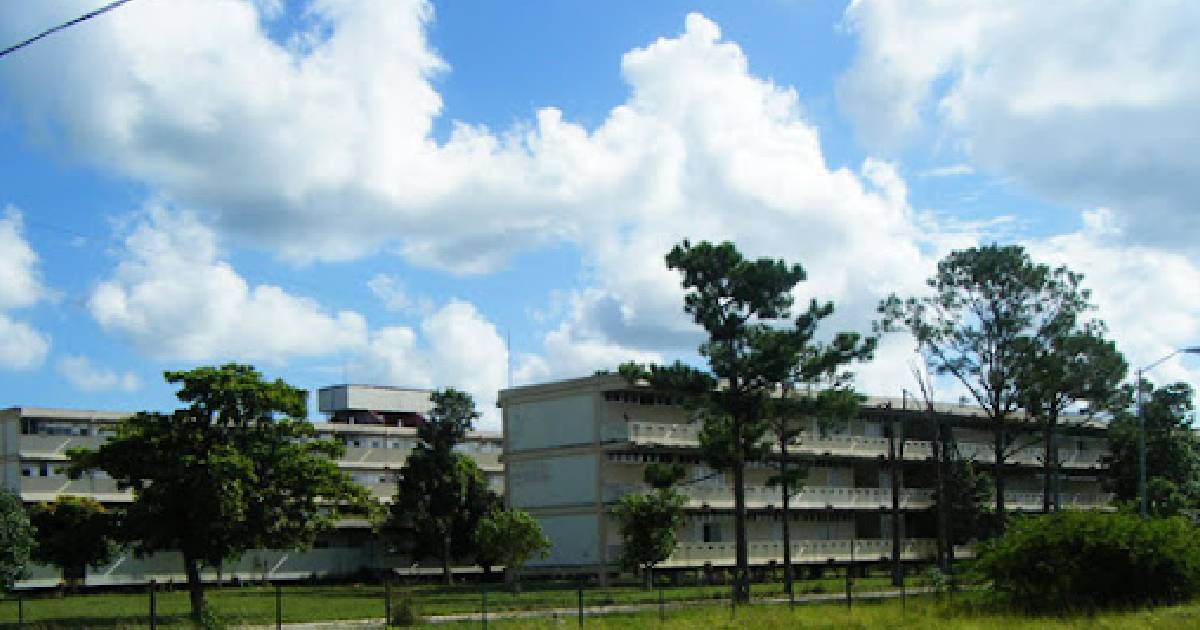
The Cuban regime has once again spoken about the schools in the countryside for its students and has done so by mentioning that they return as “a different school in the countryside.”
Its goal with this return is for “the student to feel connected to impactful tasks,” said Karenia Marrero Arrechea, the general director of Education in Havana, on a program of the Mesa Redonda dedicated to the upcoming school year on the island.
"We are going to start with eighth, eleventh, and second year of the ETP, in a period of 15 days, where the student, in addition to working in the organoponics of the municipality, will be involved in work on sinks, monuments," announced the management.
Apparently, the traditional concept of rural school, recognized and questioned by many Cubans who were used as labor for agricultural work, is changing to move from the "field" to jobs located in urban areas, such as the organopónicos themselves or the maintenance of places of interest for the government.
This fact is compounded by the fact that in light of the food crisis being experienced, it is unsustainable for the country to maintain so many people in the camps that previously housed young people in their productive activities.
For more than five years, the Cuban regime has been focused on exploiting the ruins of the so-called "rural schools" to convert them into "self-consumption farms," as part of its "strategy" to "boost food production."
They have also been allocated as housing buildings for peasant families who work the land, without providing them with the essential living conditions.
Last year, a poultry farm for the sale of quail eggs in foreign currency was inaugurated on the ruins of a rural school in Pinar del Río.
The farm, located in the former pre-university Lázaro Acosta Paulín, near the town of Briones Montoto, is the first of an experiment that the government wants to extend throughout the country.
Although the investment rose to 26 million pesos and the first batch of 4,000 birds has already begun its adaptation in one of the floors of the facility, those responsible for the experiment acknowledge that the adaptation of the birds to this type of space, with different levels and varying temperatures and wind exposure, still needs to be confirmed in practice.
What do you think?
COMMENTFiled under: